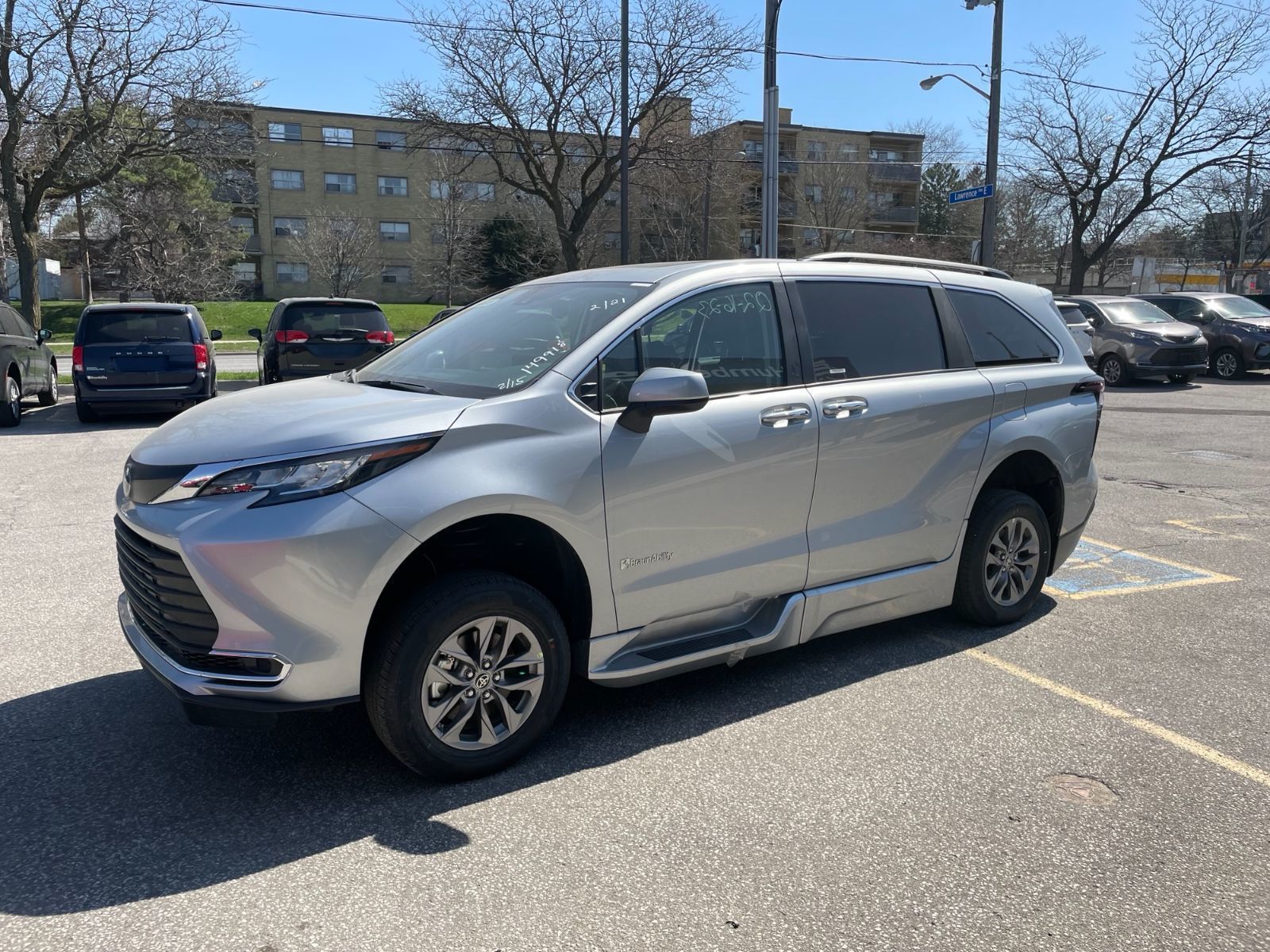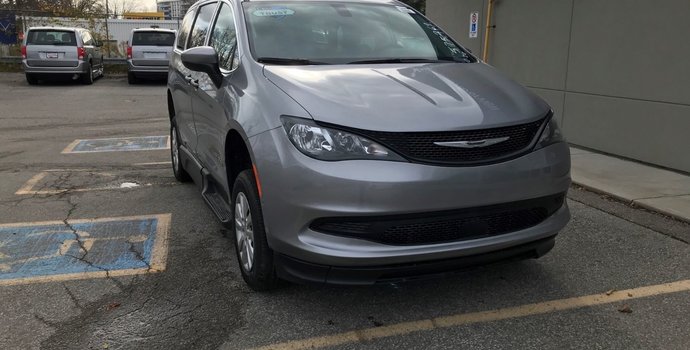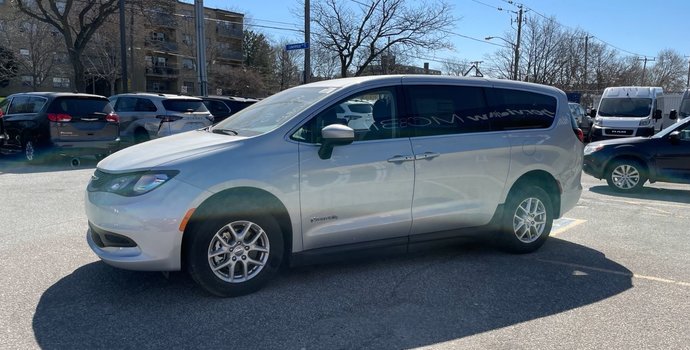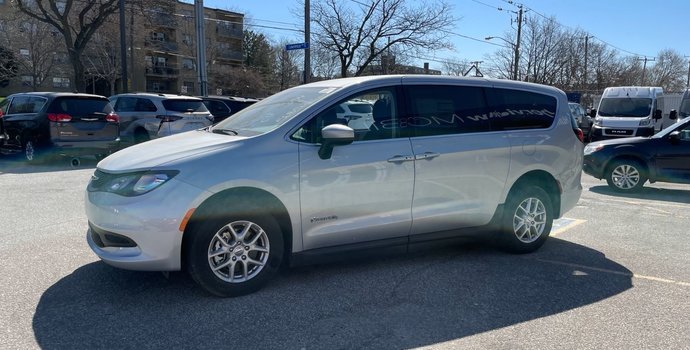When you're ready to invest in a mobility vehicle, selecting the right base platform is one of the most important decisions you'll make. The choice between a van and an SUV for your accessibility conversion affects everything from daily usability to long-term satisfaction. At Courtland Mobility in Burlington, we help families navigate this decision by focusing on what matters most: finding a vehicle that truly works for your specific needs.
Understanding Your Platform Options
The foundation of any successful mobility conversion starts with choosing between two main vehicle categories. Traditional minivans offer the most straightforward conversion path, while SUVs provide alternative benefits that some families prefer.
Minivans remain the most popular choice for wheelchair accessibility conversions. Their inherent design advantages include lower floor height, wider door openings, and interior dimensions that accommodate ramp installations without extensive modifications. Most conversion companies have perfected their processes around minivan platforms, which translates to more reliable outcomes and better long-term durability.
SUVs present different advantages, particularly for families who prioritize ground clearance, towing capacity, or all-wheel drive capability. However, SUV conversions typically require more extensive modifications due to higher floor heights and narrower interior dimensions.
Talk to Our Mobility Specialist
Have Questions? Connect with Our Mobility Specialist Today for Personalized Assistance and Expert Guidance!
Shop Now
Interior Space and Accessibility Factors
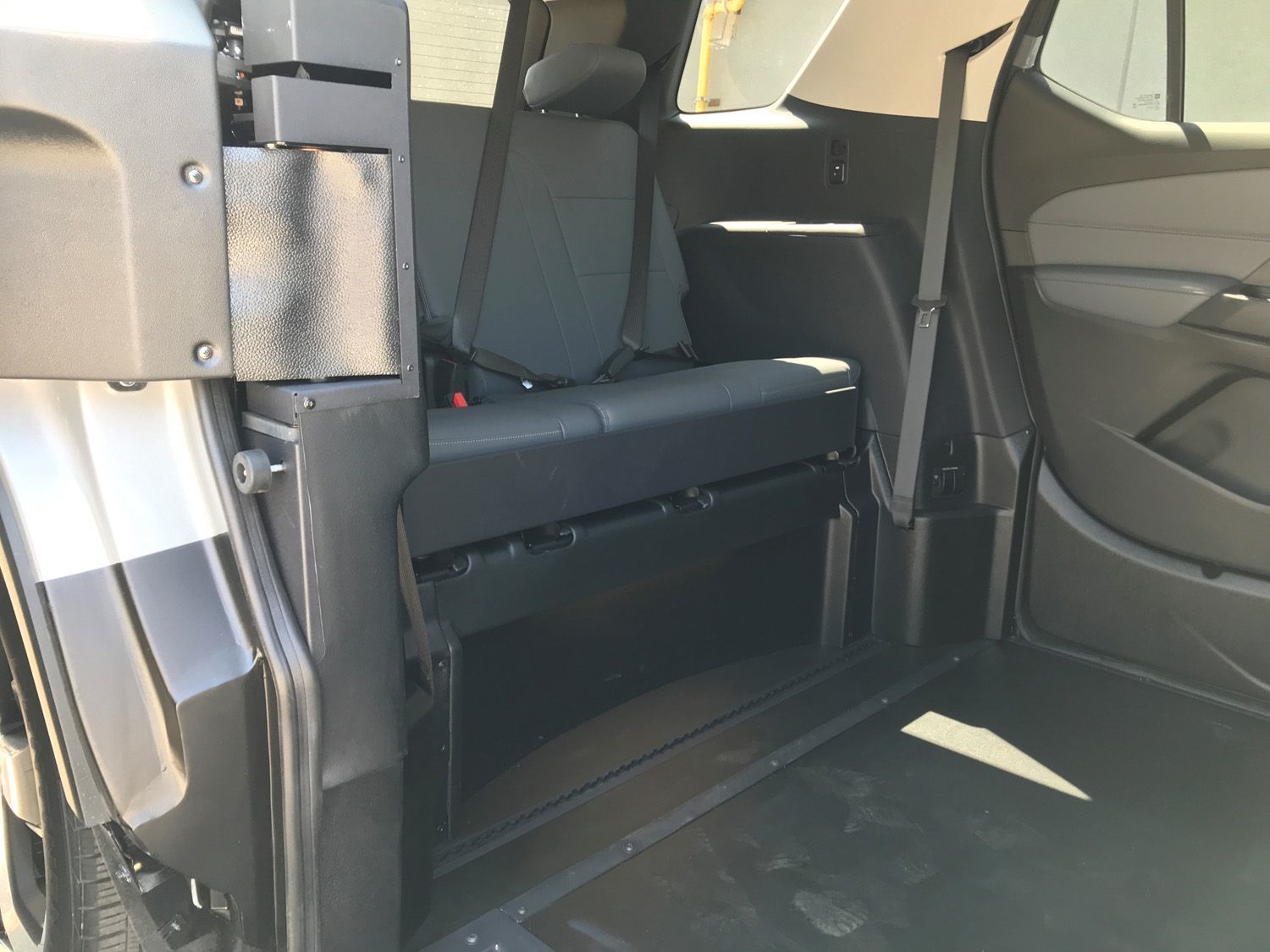
Space planning becomes critical when evaluating platforms. Minivans typically offer 1,200 to 1,400 millimetres of interior height after conversion, while most SUV conversions result in 1,100 to 1,300 millimetres. These measurements directly impact wheelchair maneuverability and passenger comfort.
Width considerations also vary significantly. Standard minivans provide approximately 1,500 to 1,600 millimetres of usable width between wheel wells, compared to 1,300 to 1,400 millimetres in most SUVs. This difference affects both wheelchair positioning and the ability to accommodate multiple passengers.
Floor height impacts daily use more than many buyers realize. Minivan conversions typically result in entry heights of 200 to 300 millimetres from ground level, while SUV conversions often require 400 to 500 millimetres. Lower entry heights reduce strain on caregivers and provide easier independent access for many wheelchair users.
Ramp Compatibility and Installation
Ramp systems work differently depending on your chosen platform. Minivans accommodate both manual and powered ramp options with minimal structural changes. The lower floor height means shorter ramps, which translates to gentler inclines and easier operation.
SUV platforms often require more complex ramp installations. The higher entry point necessitates longer ramps or steeper angles, which can affect usability in tight parking spaces or areas with limited ground clearance behind the vehicle.
Deployment space varies between platforms. Minivan ramps typically require 2,400 to 2,700 millimetres of rear clearance, while SUV installations may need up to 3,000 millimetres due to steeper angles.
Long-Term Reliability and Maintenance
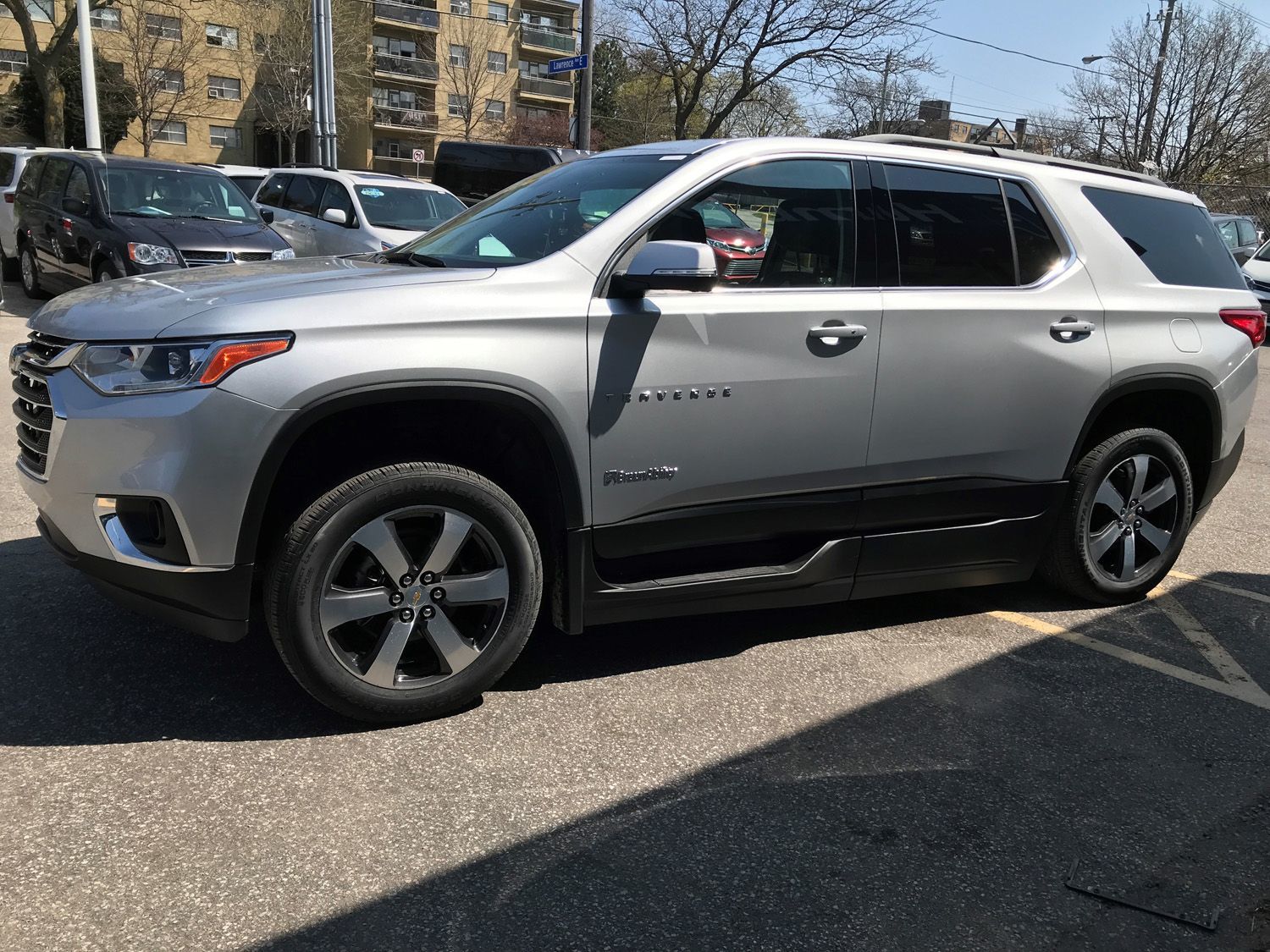
Reliability patterns differ between vehicle types after conversion. Minivans generally maintain better long-term dependability because their conversions require fewer structural modifications. The conversion process preserves more of the original vehicle architecture, which helps maintain factory reliability standards.
SUV conversions involve more extensive modifications to achieve accessibility, potentially affecting long-term durability. However, SUV platforms often start with more robust suspension and drivetrain components designed for heavier loads.
Maintenance accessibility favours minivans in most cases. Service technicians are more familiar with minivan-based mobility vehicles, and replacement parts remain readily available through standard automotive channels.
Climate and Terrain Considerations
Ontario's weather conditions influence platform selection for many families. SUVs offer standard or available all-wheel drive systems that provide better traction in snow and ice. Minivans typically use front-wheel drive, though some models offer all-wheel drive options.
Ground clearance becomes important for families who travel on unpaved roads or encounter significant snow accumulation. SUVs provide 200 to 250 millimetres of ground clearance compared to 150 to 180 millimetres for most minivans.
Towing capability differs substantially between platforms. SUV-based mobility vehicles often retain towing capacities of 1,500 to 2,300 kg, while converted minivans typically handle 1,100 to 1,600 kg.
Budget and Insurance Implications
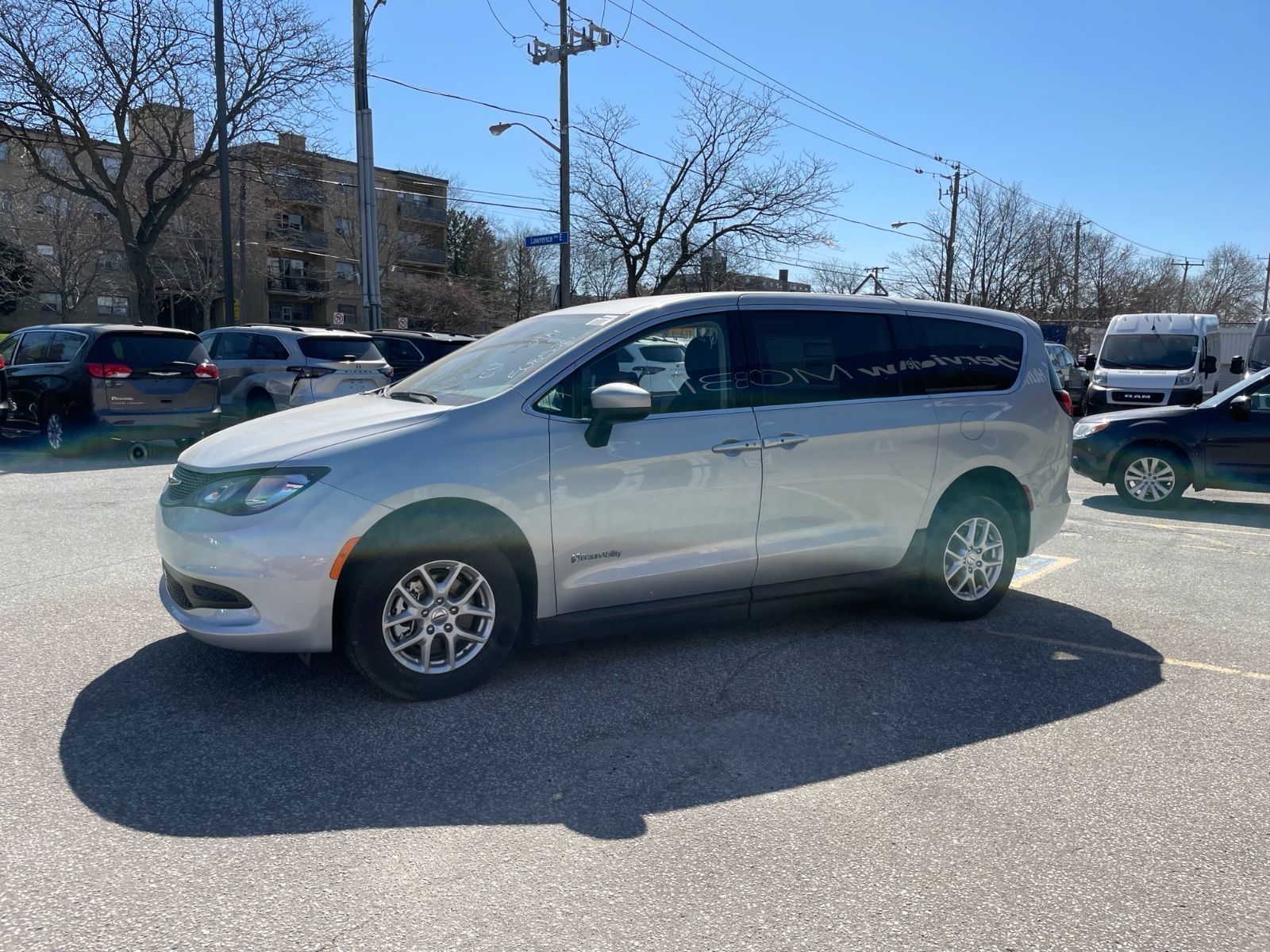
Platform choice affects both initial costs and ongoing expenses. Minivan conversions typically cost less initially due to simpler modification requirements and established conversion processes. SUV conversions often require additional engineering and custom fabrication, increasing overall investment.
Insurance considerations vary by platform and conversion complexity. Ontario insurance providers generally have more established protocols for minivan-based mobility vehicles, which can streamline coverage decisions and claims processing.
Resale value patterns show minivan conversions maintaining more predictable values due to broader market appeal and standardized conversion methods.
Making Your Decision
Your choice between van and SUV platforms should align with your specific mobility requirements, lifestyle preferences, and long-term plans. Consider how you'll primarily use the vehicle, where you'll be driving, and who will be operating it regularly.
Families who prioritize ease of access, maximum interior space, and straightforward operation typically find minivan platforms most suitable. Those who need towing capability, all-weather traction, or higher ground clearance may prefer SUV-based conversions despite the additional complexity.
The Burlington area offers accessibility for both platform types, with level parking areas and well-maintained roads that accommodate either choice. However, families who frequently travel to cottage areas or rural locations might benefit from SUV platforms' enhanced capability.
Ready to explore your options? Visit Courtland Mobility in Burlington to experience different platforms and discuss which conversion approach aligns best with your family's needs and budget.

